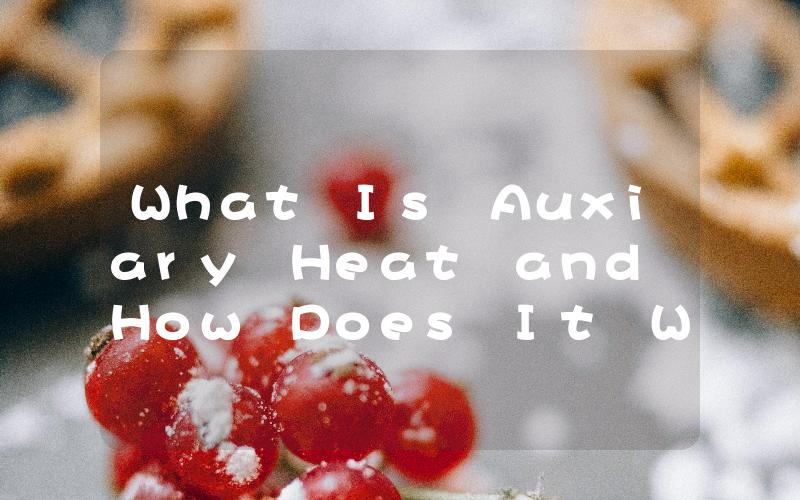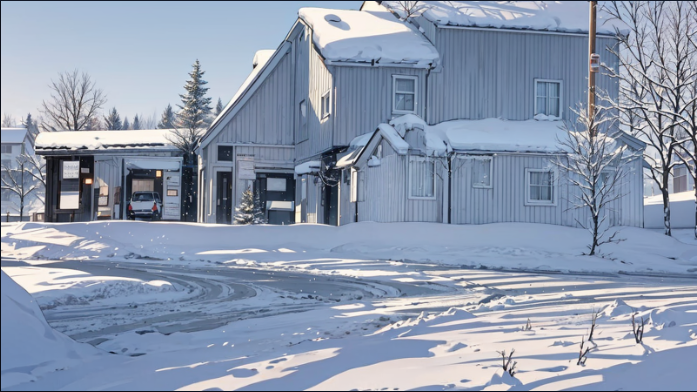What Is Auxiliary Heat and How Does It Work in Your HVAC System?

As the temperature drops outside, you may notice that your heating system is working harder to keep your home warm and comfortable. In some cases, you may even notice that your heating system is using what is known as "auxiliary heat" to keep your home at the desired temperature. But what exactly is auxiliary heat, and how does it work in your HVAC system?
Auxiliary heat is a supplemental heating system that is designed to help your primary heating system keep up with demand during particularly cold weather. It is most commonly used in heat pump systems, which are designed to both heat and cool your home. When the temperature outside drops below a certain threshold, the heat pump may struggle to keep up with the demand for heat. This is where auxiliary heat comes in.
Auxiliary heat is typically provided by electric heating elements that are located inside the air handler of your HVAC system. When the heat pump is unable to keep up with demand, the thermostat in your home will signal the system to turn on the electric heating elements. These elements will then provide additional heat to your home, helping to keep it at the desired temperature.
One of the benefits of auxiliary heat is that it can help to improve the efficiency of your HVAC system. When the heat pump is struggling to keep up with demand, it may consume more energy than necessary to maintain the desired temperature. By using auxiliary heat to supplement the heat pump, the system can operate more efficiently and save energy.
However, it's important to note that auxiliary heat can also be a source of higher energy bills if it is used excessively. The electric heating elements used for auxiliary heat consume a significant amount of energy, so if they are used frequently, it can drive up your energy costs. To avoid these higher costs, it's important to ensure that your HVAC system is properly maintained and that you are using it efficiently.
In addition to electric heating elements, there are other types of auxiliary heating systems that can be used in HVAC systems. For example, some systems may use gas or propane furnaces as auxiliary heat sources. These types of systems can be more efficient than electric heating elements, but they may also be more expensive to install and maintain.
Overall, auxiliary heat is an important component of many HVAC systems, particularly in areas where temperatures can drop significantly during the winter months. By understanding how it works and how to use it efficiently, you can help to keep your home warm and comfortable while also minimizing your energy costs.







